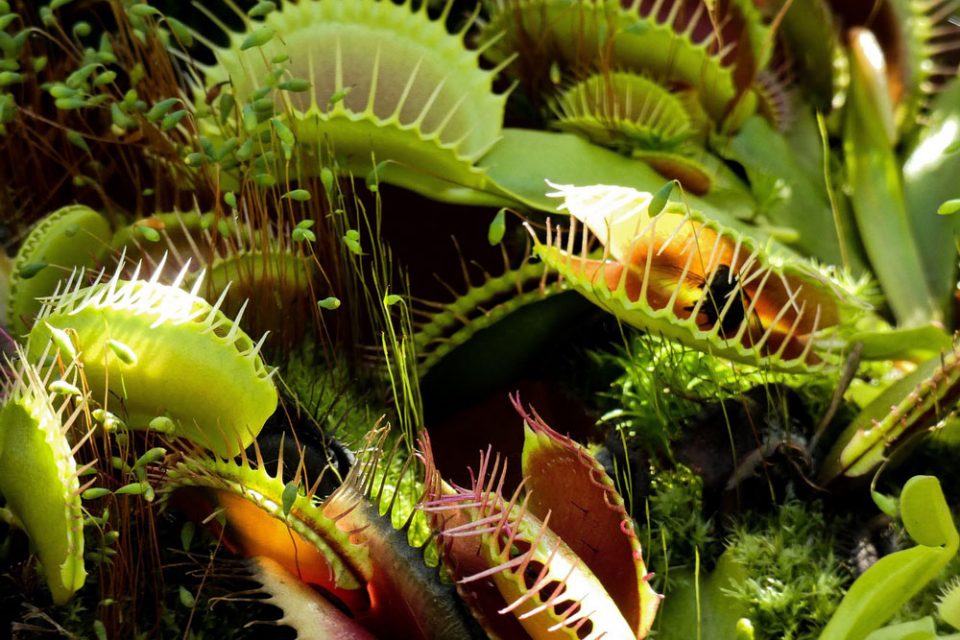
What Are Digestive Plant Enzymes?
What are digestive plant enzymes? To answer this, we have to first ask: what are digestive enzymes to begin with? You may have learned about enzymes in a biology class at some point, but we’ll give you a refresher.
Organisms need energy to function. But, where does this energy come from? From food, of course! After you scarf down a slice of pizza or drink a glass of orange juice, the body isn’t able to magically absorb a piece of pepperoni or orange pulp. It needs something to make that energy usable – like enzymes!
Digestive Enzymes
Every organism that needs to convert food into energy needs some sort of enzyme to carry out the job. They help organisms break down a meal into smaller components that are easier for the body to absorb. Digestive enzymes dissolve proteins, fats, and carbohydrates into tiny molecules that are absorbed by your small intestine as they pass through. Some foods even contain enzymes to aid in digestion.
There are several main types of digestive enzymes:
- Proteases and peptidases divide proteins into small peptides and amino acids.
- Lipases split fat into three fatty acids and a glycerol molecule.
- Amylases convert carbohydrates such as starch and sugars into simple sugars like glucose.
- Nucleases change nucleic acids to nucleotides.
Now that we have a better idea of what digestive enzymes are, let’s ask our question again.

What Are Digestive Plant Enzymes?
Although most plants create their energy through a process called photosynthesis, some actually retrieve their nutrients from elsewhere.
Carnivorous plants make up an incredibly small percentage of all plant species, and they have an extremely unique way of getting nutrients. Because they often grow in poor soil conditions, these plants need to supplement their nutrient intake using another method: carnivory. These plants are able to convert organic matter into energy, just like animals do with their digestive track. In order to break down their food into smaller components, guess what they use? Enzymes! Although plants don’t have the same kind of digestive enzymes as animals, the processes that they undergo are very similar.
The most important nutrients a plant needs are nitrogen, phosphorous and potassium. Digestive plant enzymes make it possible for a carnivorous plant to get these nutrients in a place where they would otherwise be nearly impossible to retrieve. One of the most interesting things about digestive enzymes in plants and animals is that they evolved independently of one another. This is an awesome example of convergent evolution!
Plants secrete their digestive enzymes from modified leaves. In the case of a pitcher plant, they create a pool of digestive fluid that contains these enzymes. For a venus fly trap, the “mouth” of the plant is coated with these enzymes and clamp down on its prey not only to trap it, but also to cover as much of its prey as possible with the enzymes.

Diagram of chitinase
Common Plant Enzymes
- Esterase
- Phosphatase
- Glucanase
- Peroxidase
- Ureas
- Chitinase
All of these enzymes have a specific function. That is, break down only one or a few unique structures. As its name implies, chitinase is used to dissolve the exoskeleton (made of chitin) of insects and other arthropods. Without it, plants wouldn’t be able to digest the hard outer shell of a beetle.
Digestive plant enzymes are a marvel of biology. To think plants have evolved a similar way to digest foods that humans and other animals use is astounding!












